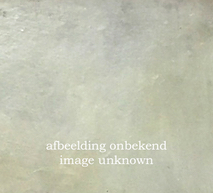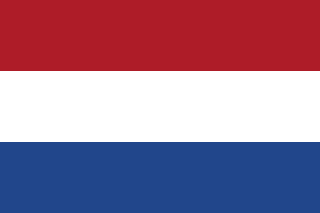| Remarks |
During the study tour that Henri Goovaerts made through Southern Europe as part of the Prix de Rome, he had been given the task by the Rijksakademie to copy several masterpieces from art history. In the art academies of those days copying the Renaissance painters was considered an important way to develop the painter's hand and eye. In every city he visited during his tour, Goovaerts chose one or two paintings to copy in consultation with his teachers. When the copy was ready, he sent it to the Rijksakademie in Amsterdam, where a committee of teachers assessed the work. They compared the copy with photos of the original painting. At the time, these photographic reproductions only existed in black and white and therefore provided no information about the color of the original painting.
Goovaerts' study tour begins in Rome in March 1891, and the first work that the enthusiastic young artist chooses to copy is 'The Creation of Adam', a panel from the fresco Michelangelo painted ca. 1510 on the ceiling of the Sistine Chapel, depicting the story of Genesis. Goovaerts is very impressed with this panel and he initially wants to copy it at slightly less than half size, which will result in a painting with a width of, he estimates, about 4 meters. It was clear that the inspired Goovaerts immediately made things very difficult for himself, not only because of the large size of the original and the intended copy, but also because the panel he had in mind was located at a great height above his head in a dim chapel, which made both studying and copying extremely difficult. Finally, in consultation with his teachers at the Rijksakademie, he decides to copy the figure of Adam with only the hand of the creator on a size of 160 x 200 cm. He starts his work around the end of April. In a letter to his teacher August Allebé, he expresses his admiration for the way Michelangelo represents the human body: 'everything is so beautifully drawn and done, so not little, since everything is in it that one could wish for, and yet those small things do not stand out. Such a muscle is so plumply stuck in it and then the whole thing looks so sarcastic in my opinion; by that I mean that it gives the impression that it was done without that colossal effort.' Copying is difficult for Goovaerts. He writes: ‘I used to think, “Oh, copying isn't that hard,” but I assure you I have recovered from that error. I work in the Sistine Chapel every day from 10 a.m. to noon. It cannot be done any longer as it is terribly tiring work. I've already come a long way with it and I think I'll be done with it by the end of June.' (Letter from Henri Goovaerts to August Allebé dated June 5, 1891 in the archive of the Rijksakademie Amsterdam, Rijksarchief voor Noord-Holland (Haarlem), file 239) .
Finally, the copy will be ready for shipment in mid-July. In a letter to Henri Goovaerts dated 27 August 1891, Allebé makes the following comment: 'Adam's copy has arrived with your drawings. The copy has made a generally favorable impression on the chairman and secretary of the Supervisory Committee, and also on me. The expression of the head does not seem to correspond entirely to the original; this is what the photo of Braun after the original tells me, which also makes me notice some parts in your copy as less correct in drawing. But the ensemble is found to be very satisfying, and I imagine that time will do well too, when the pastel-ness of the blue sky will somewhat disappear. Apparently you wanted to copy a clear tone and wanted to be wary of the brown.' (letter from August Allebé to Henri Goovaerts dated August 27, 1891 in the estate of Lily Goovaerts, family property.) |


